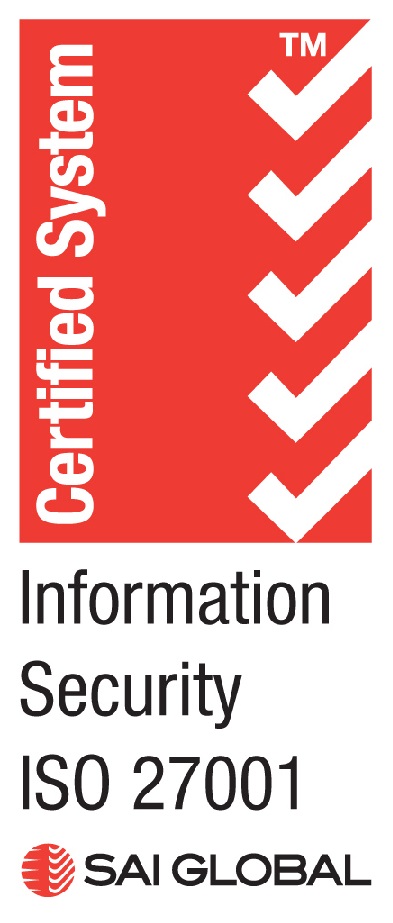Beyond IT – A Holistic Approach To Your IT Infrastructure
The role of IT in business is drastically different than it was just a few years ago. From being a necessary cost of backroom business, technologists have now been thrust into the limelight.
As digitisation takes hold, IT is increasingly viewed as an area of opportunity. For business leaders, those technologists they mostly knew by the occasional greeting by the coffee machine have become potential saviours, for IT professionals are better equipped than anyone to lead businesses into the new digital economy.
This is, for IT departments, mostly a good thing. Aside from increased respect within organisations, there are also better opportunities for career progression. And there is the chance to share ideas and innovations with those who have the power to fund them.
The new era, of course, brings its challenges. In order to venture into this new generation, some transformation is necessary – and that has to start with infrastructure. A higher profile for IT does mean that there is more access to high-level business direction discussions – which gives a greater chance to align with business direction.
Seeing the broader picture – and hearing from departments from marketing to warehousing – is useful for infrastructure planning. But the truth is that businesses are changing faster than ever, markets are disrupted and rebuilding in new, exciting ways, so a ready-for-anything approach is important.
Working with a strong partner comes in handy – they have access to a lot of ideas and methods from other industries, other sized businesses, and others in your own industry. That combination, along with your knowledge of your own business, is powerful. Stronger yet, is accessing the right vendor resources. HPE’s new PointNext services options incorporate access to 25,000 professionals and a library of more than 11,000 successful projects.
To take a holistic, business-aligned approach means getting your infrastructure working for you in a way that leaves you free to take a greater role in business direction. You won’t make those planning sessions if you’re stuck in the data centre trying to deal with server capacity or provisioning a new application.
Options like hyperconvergence and composable infrastructure are growing in popularity thanks to their simplifying the IT environment, not to mention the cost reductions that come from better use of resources. Others, from small businesses right up to some of New Zealand’s biggest organisations, choose to use managed services for some or all of the underlying infrastructure they need.
As infrastructure becomes more and more a consumable, the managed services decision can make a lot of sense. The economy of scale is especially good for small and mid-sized businesses that cannot justify hiring additional staff to provide 24/7 coverage – and those in-house staff with detailed business knowledge are too valuable a resource to spend their days dealing with storage capacity.
Instead, IT teams are taking a role that ensures every part of the business is running at peak efficiency and that new applications and services can be supported very quickly. They are planning how to get to market first with new ideas, and how to capitalise on the data resources they already have available. They are making sure their colleagues can play their part wherever they are, and whatever device they are using. And they are working with trusted partners to make sure it all happens securely, without downtime.
To learn how to make infrastructure a great business enabler, and capitalise on the opportunities of the digital economy ahead of your competition, talk to the friendly team at CodeBlue or email info@codeblue.co.nz

Need more information?
Get in touch with us
